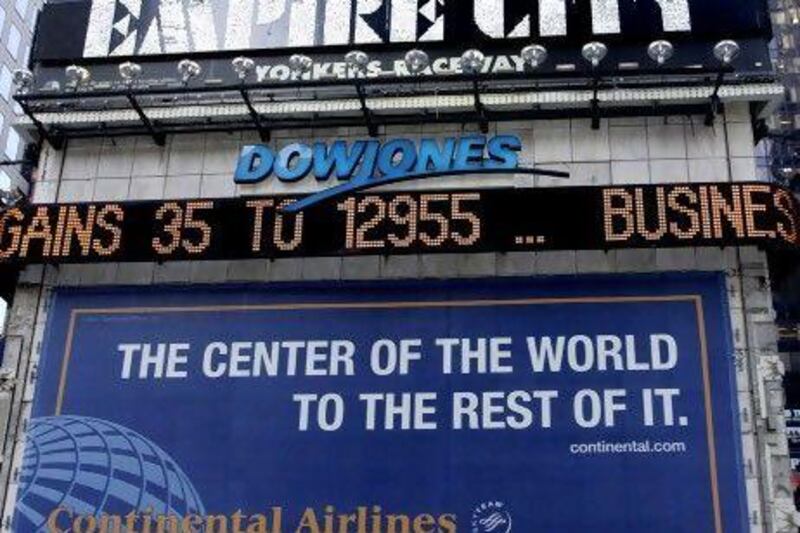Five years is a blink of the eye in historical terms but an eternity in the fast-moving world of finance.
The summer of 2007 was a time of boundless optimism, with soaring global economic growth, steadily rising equity and bond markets and asset appreciation in all classes, especially property.
Now we know it was all a bubble. About this time in the summer of that halcyon year, the first murmurings began in the markets for collateralised debt obligations.
As these "smart bonds" were ultimately backed by US sub-prime property assets, the ripples radiated outwards into asset values across the board. The banks took fright at the looming holes in their balance sheets as asset values plummeted and reined in their lending. The world learned a new term: "credit crunch". That was all a prelude to the events of 2008, when crunch turned into crisis and then financial catastrophe in September that year with the collapse of Lehman Brothers.
Not everybody saw it at the time but the global financial system stood on the brink of total collapse for a few weeks and was only rescued at enormous cost to western and other governments.
The historical narrative is necessary in order to show how far we've come since those days and maybe to illustrate the distance the world's financial and economic systems have to go to get back to the 2007 status quo.
Many economic experts believe things have changed irrevocably. World economies will one day begin to roar again as they were in 2007, financial markets will get back to 2007 levels of activity but it will take a very long time and the economic background will have changed permanently. Some believe, at best, we are only halfway through a decade of depressed economies, markets and asset prices. What will the next five years bring?
The model they all fear in the West is that of Japan's "lost decade" of the 1990s with low economic growth, "zombie" banks and flat markets and asset prices. It is easy to understand the pessimism. The world's biggest economy, the United States, still has to prove it is back in sustained growth mode. The experts, such as the IMF, have been shaving their forecasts for American economic growth and now think it will be just above 2 per cent for next year. Beyond that, accurate forecasting becomes almost impossible.
Growth of 2 per cent will not be enough to help lift the European economies out of the gloom that has followed the euro-zone crisis, the second great defining event of the past five years.
Forecasts for growth in the European economies are all within the margin-of-error range of about 1 per cent or so, even before factoring in the effects of a full-scale break up of the euro, which is now being seriously contemplated in the only place that matters, Berlin.
The Chinese and Indian economies pulled the world out of nosedive in 2009 but do not have the capacity to do so again.
In China, the debate is no longer whether economic growth will fall, merely about whether it will have a soft or hard landing. India is experiencing declining growth already and it and other Asian economies are beginning to experience fiscal problems of the sort that began the euro-zone crisis. If aggregate Asian economic growth can hit 7 per cent over the next five years it will be a real achievement but still not enough to rescue the West again.
How does the Middle East fit into this depressing jigsaw puzzle? Uncomfortably and unpredictably, most experts agree.
The region's own crisis over the past half decade was the dramatic collapse in oil prices in 2008. These have recovered to a point where budget planners again have cash in the bank but the shock was severe back then. Slow global growth and geopolitical variables make the crude price vulnerable to downside pressure. If the oil producers of the Arabian Gulf can achieve a steady 4 per cent GDP over the next five years the region will have done its bit for the global economy.
After five years of severe turbulence, the message is to keep the safety belts firmly fastened. It's not over yet.





